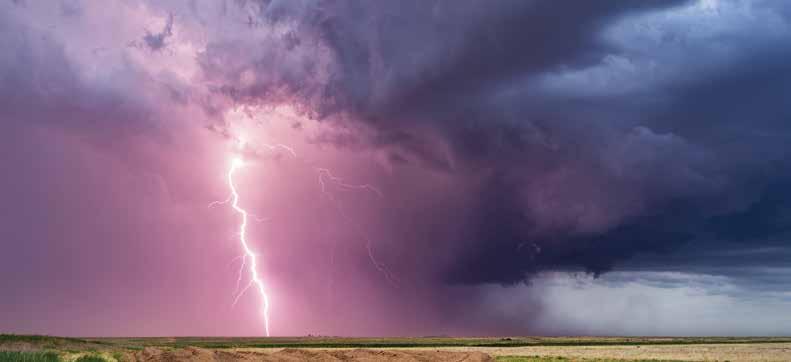Training Ben Shadgett at work at a site in Western Australia.
The importance of training when working at heights WORKING AT HEIGHTS IS AN EVERYDAY RISK FOR THE MINING INDUSTRY AND IT IS IMPORTANT STAFF ARE UP TO SPEED. SAFE TO WORK SPEAKS WITH SAFETY TRAINER BEN SHADGETT TO FIND OUT WHY THIS TRAINING IS SO IMPORTANT.
W
hen it comes to modern mining, working at heights can be a crucial part of the job. Human factors are the leading cause of incidents related to working at heights — tiredness, carelessness or rushing are all contributors to possible slips, trips and falls. It is therefore important that workers in high-risk industries such as mining and oil and gas receive sufficient training in order to recognise and deal with these issues. Ben Shadgett is a safety trainer at Tasmania-based company Impact Safety Group, which focuses on safety training, inspections and installations of fall arrest safety systems. The company’s training courses encompass a wide spread of the safety net, including confined space training, first aid and rescue training, gas detection (including gas test atmospheres and breathing apparatus operation) and working safely at heights. The company’s Working Safely
at Heights course is one of its most popular, involving groups of six to 12 participants over a seven-hour day with assessment via written and practical components. Upon successful completion of the course, participants are then handed a nationally recognised statement of attainment. Shadgett’s heights training and certifications at Impact Safety Group draw on a decade of experience working in Western Australia and Tasmania as a trainer assessor and onsite supervisor at RTOs in diverse industries including mining, oil and gas, civil and construction. In mining specifically, Shadgett has worked on projects such as shutdown supervisions, plant and fall arrest installations (including elevated work platforms), heights training and confined space standby rescue. He says the company’s heights training course, which is delivered under the auspices of the RIIWHS204D competency, is among the company’s most popular. “That unit of competency lists all
SAFETOWORK 42 JUL-SEP 2019
the core elements anyone working at heights has to do under the nationally accredited training, so there’s a specific training we have to get them through to deem them competent,” he explains. “It includes things like the correct fit of fall arrest equipment e.g. harnesses, as well as permits, risk assessment and practical components — all those types of things they have to do is ticked off under the RIIWHS204D.” The Australian Standards designation it falls under talks about selection, use and maintenance of fall arrest systems such as anchor points, static line systems, harnesses and auxiliary equipment. Servicing and recertification of systems are also included under the Australian Standards (AS) 1891 series standard (specifically 1891.4), which dictates that webbing and rope-based products must be inspected every six months. For mine sites, especially those in Western Australia that often operate under specific safety regulations in addition to AS standards, this can be as











